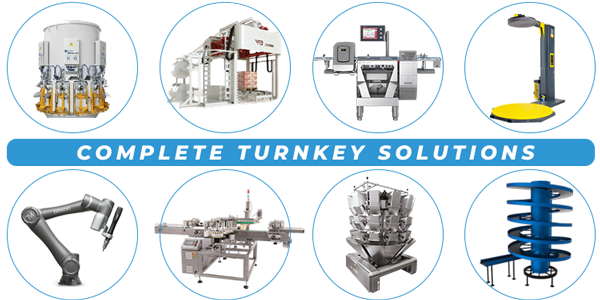A quality inspection system, also known as a quality control or quality assurance system, is a set of processes and tools designed to ensure that products meet specified quality standards and requirements. These systems are crucial in manufacturing and production environments to identify and address defects, inconsistencies, or deviations from quality standards. Automated quality inspection systems have become increasingly common, leveraging technology to enhance accuracy and efficiency. Here are key components and aspects of a quality inspection system:
Inspection Equipment:
Sensors: Utilize various sensors such as cameras, vision systems, lasers, and tactile sensors to capture data and measurements.
Measurement Devices: Include tools for measuring dimensions, weight, hardness, and other physical properties.
Automated Vision Systems:
Cameras: Capture images or videos of products to analyze and assess quality.
Image Processing: Use algorithms to analyze visual data and identify defects or variations.
Pattern Recognition: Employ machine learning and pattern recognition techniques to detect anomalies.
Machine Learning and Artificial Intelligence (AI):
Training Models: Train machine learning models to recognize patterns associated with good or defective products.
Real-time Decision Making: Enable systems to make real-time decisions based on learned patterns.
Data Acquisition and Analysis:
Data Collection: Gather data from various inspection points and sensors.
Statistical Analysis: Analyze data to identify trends, variations, or anomalies.
Reporting: Generate reports on inspection results for quality control documentation.
Dimensional Inspection:
Coordinate Measuring Machines (CMM): Measure the physical dimensions of products to ensure they meet specifications.
Calipers and Gauges: Use handheld or automated devices to measure specific dimensions.
Non-Destructive Testing (NDT):
Ultrasonic Testing, X-ray, and CT Scans: Identify internal defects without damaging the product.
Eddy Current Testing: Detect surface cracks or discontinuities.
Functional Testing:
Testing Performance: Verify that products meet functional specifications and requirements.
End-of-Line Testing: Conduct tests at the end of the production line to ensure the product functions as intended.
Robotic Inspection:
Robotic Arms: Use robotic systems equipped with sensors and cameras to inspect products.
Automated Handling: Combine robotic inspection with automated material handling for a seamless process.
Traceability Systems:
Barcode and RFID Systems: Implement traceability through unique identifiers for products.
Database Integration: Connect inspection results to a centralized database for tracking and traceability.
Reject Mechanisms:
Automated Sorting Systems: Redirect or remove defective products from the production line.
Reject Bins: Collect defective items for further analysis or disposal.
User Interface and Integration:
HMI (Human-Machine Interface): Provide a user-friendly interface for operators to monitor and control the inspection system.
Integration with Manufacturing Systems: Connect the quality inspection system with other manufacturing systems for seamless operation.
Implementing a robust quality inspection system contributes to the prevention of defects, ensures compliance with quality standards, reduces waste, and enhances overall product reliability and customer satisfaction. The specific components and technologies used will depend on the industry, product characteristics, and quality requirements.








